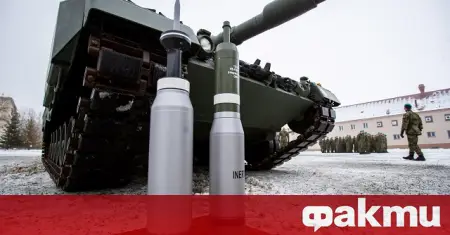NATO’s Strategic Evolution and Preparedness for Future Conflicts
NATO’s Strategic Readiness: Progress and Challenges
Main Points:
- Strategy Shift Post-Ukraine Invasion: NATO adopted a "back to the future" strategy focusing on deterrence and defense after Russia’s invasion of Ukraine in 2022. This was formalized at the Madrid summit with various commitments.
- Progress Since Madrid: Significant advances have been made in defense spending, high readiness forces, command structures, collective defense exercises, and integrating Finland and Sweden into NATO.
- Defense Spending: NATO allies committed to spending at least 2% of GDP on defense, with notable increases in investment from European countries.
- Forward Defense: Expansion of Enhanced Forward Presence (EFP) missions and air and sea deployments along NATO’s eastern flank.
- New Force Model: Transition to a larger and more rapidly deployable force structure, replacing the 40,000-strong NATO Response Force (NRF).
- Command and Control: Enhanced command structures, including new headquarters and improved coordination with the integration of Finland and Sweden.
- Defense Industry: NATO’s industrial base faces challenges, but efforts are underway to boost production capacity and interoperability.
- Capability Gaps: Despite NATO’s technological edge, there are significant gaps in conventional forces and readiness.
- Sustainability and Resilience: New initiatives to boost resilience in critical infrastructure and societal readiness.
Key Challenges: - Protracted War Preparedness: While NATO is ready for immediate conflict, readiness for a prolonged war remains in question.
- Industrial Capacity: Insufficient defense manufacturing capabilities and supply chain issues.
- Capability Gaps: Critical gaps in land, sea, and air forces, particularly in Europe.
- Resilience: Need for greater national and collective resilience to sustain long-term defense efforts.
Conclusion:
NATO has made substantial progress in strengthening its deterrence and defense postures. However, the alliance must continue to address long-term challenges in defense spending, industrial capacity, capability gaps, and resilience to ensure readiness for prolonged conflict. The upcoming summit in Washington will be crucial for evaluating and pushing forward these efforts.

